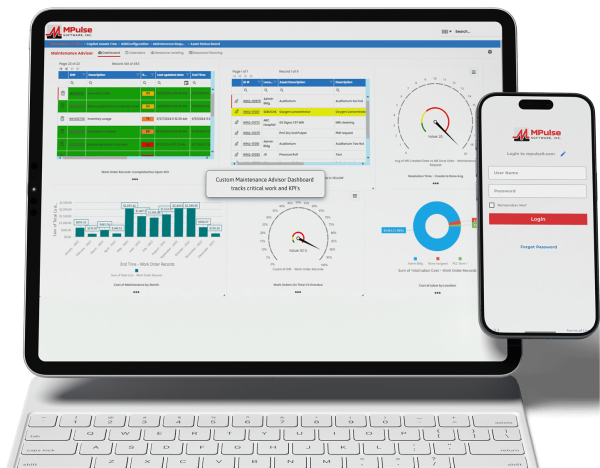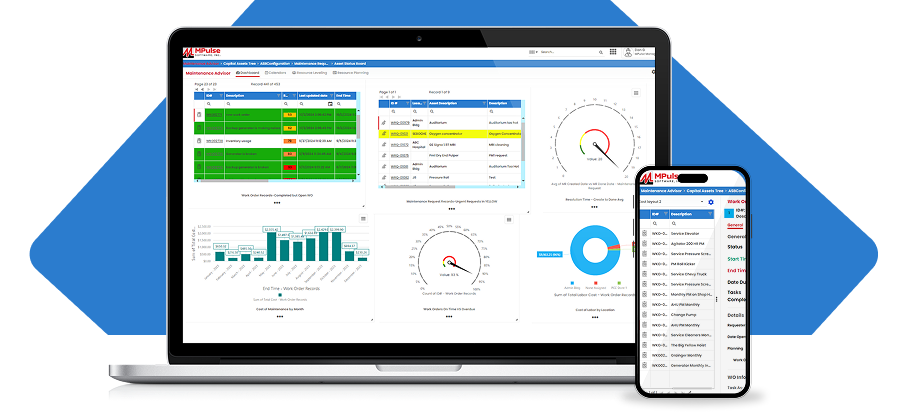If you’re looking to get the most out of your CMMS investment, software integration tools like MPulse’s DataLink Integration Adapter makes it easy. As a result, you can connect with accounting systems, meters and gauges, or other critical data sources.
Best of all, you don’t need a lot of expensive IT help to do it.
Table of Contents
How to Integrate MPulse with Other Software or Data Sources
Our DataLink Integration Adapter enables your MPulse administrator or local IT team to quickly and easily move data in and out of MPulse using a familiar, intuitive interface.
You can integrate MPulse with other software in four different ways…
- Import data to MPulse from files, databases, or other applications
- Export data from MPulse to other applications, files, or databases
- Schedule imports and exports based on times or file changes
- Save unlimited “mapping profiles” to your data sources and targets
Step 1: Identify the Type of Data You Need
DataLink Integration Adapter can meet virtually any data integration need, because it’s compatible with a wide array of file and data exchange formats. For instance, the most common formats are…
- Microsoft SQL Server
- Oracle
- Microsoft Excel
- Text files
- CSV files
- XML Web Services
Step 2: Use MPulse’s Intuitive User Interface to Set Up Your Integrations
MPulse’s intuitive user interface makes it easy to set up data integrations between your MPulse CMMS and accounting, ERP, building automation, PLCs, or other electronic systems.
Use MPulse DataLink Integration Adapter’s simple, intuitive layout to…
- Choose and map the data you want
- Schedule imports and/or exports as desired
Step 3: Reap the Benefits of Software Integration
Tight integration between MPulse Maintenance Software and your other business-critical applications and data stores will do more than reduce hassle. You’ll also enjoy these benefits…
- Fewer errors due to manual data entry
- Reduced data input redundancy
- Faster response times to maintenance problems
- Near real-time monitoring of critical data
- The ability to grow with your company’s changing technologies
Additionally, how much time, money, and aggravation could your company save if your CMMS could easily exchange data with any Excel, .txt, .csv, SQL Server, or XML Web Services data store?
Take the initiative and follow the three simple steps outlined above. Then, sit back and let your CMMS system work—really work, for you and your company.
Need more help? Contact us. We’re here for you.






